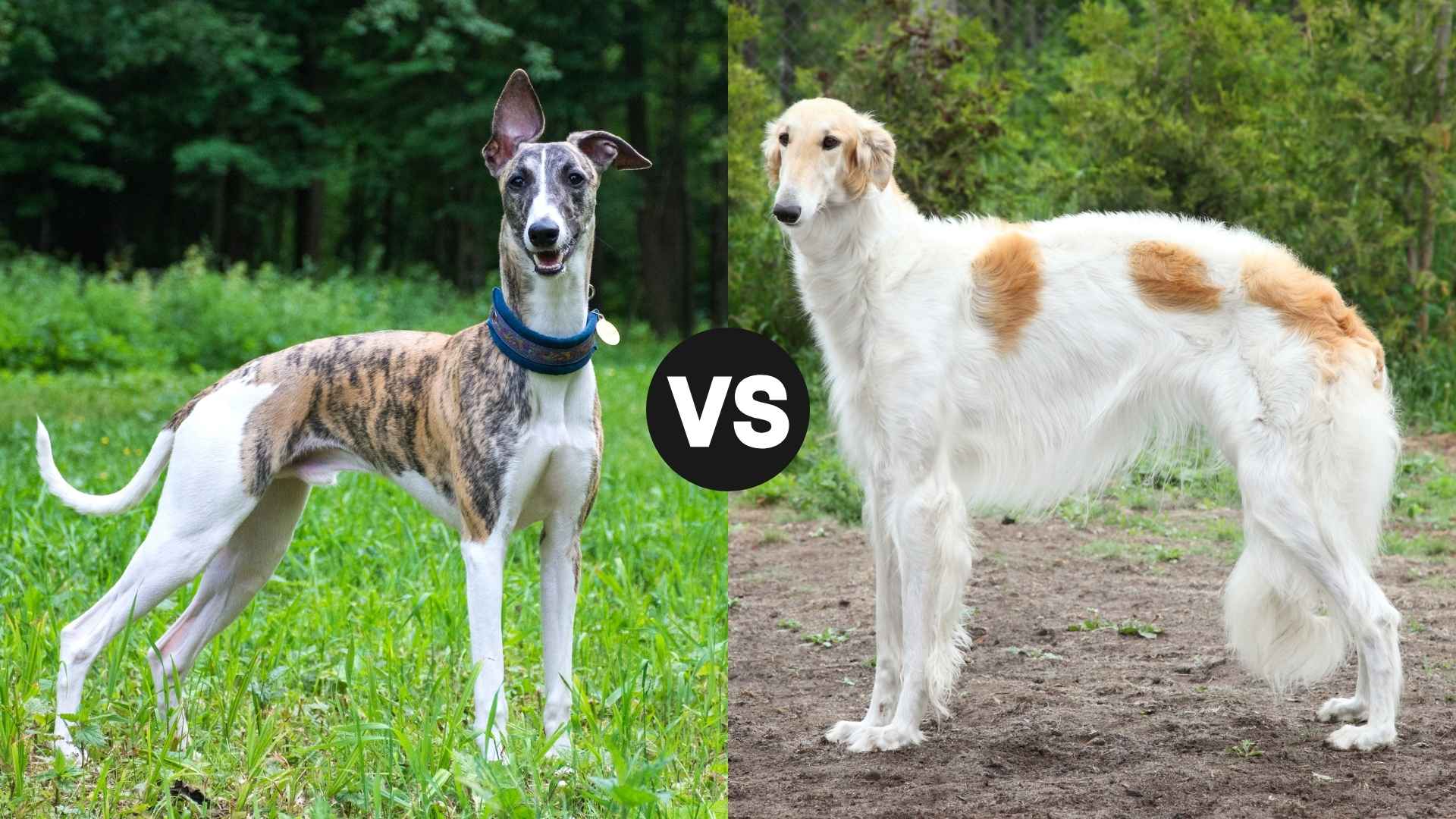Imagine two dogs that look like they belong on a fashion runway and run like the wind—welcome to the world of Greyhounds and Borzois.
Both sighthounds exude elegance, speed, and a quiet nobility, making them the dog world’s aristocrats. But beneath their sleek or silky exteriors lie two very different personalities.
The Greyhound, often dubbed the “45-mile-per-hour couch potato,” is known for being surprisingly laid-back for a racing legend. Meanwhile, the Borzoi, Russia’s wolf-hunting hound, combines grace with a mysterious aloofness that sometimes makes them feel more like a feline.
So which one fits your home and heart better? Whether you’re looking for a typically calm, affectionate dog or a majestic, independent streak, this comparison will guide you through the key differences in temperament, grooming, activity level, and history.
If your dream dog is equal parts elegant and enigmatic, it’s time to see how these two regal breeds stack up.
Greyhound vs. Borzoi
Greyhound vs. Borzoi: Size and Physical Build
Enter: the Greyhound and the Borzoi—two elegant sighthounds that could both outrun you and outshine you in a photoshoot. Let’s take a fun, friendly stroll (well, maybe a sprint) through their size, build, and a dash of their noble past.
Greyhound:
One of the oldest dog breeds on record, Greyhounds date back over 4,000 years—yes, that’s ancient Egypt levels of prestige. Pharaohs loved them, poets praised them, and today they’re still known as the Ferraris of the dog world. According to Wikipedia, a racing Greyhound can hit top speeds of at least 69 km/h (43 mph).
Height: 27–30 inches (males), 25–28 inches (females)
Weight: 60–70 lbs (males), 50–65 lbs (females)
Build: Lean, muscular, aerodynamic—literally built for speed. With their deep chests, long legs, and narrow waists, Greyhounds look like they were carved by a sports performance artist.
Vibe: “I run marathons for breakfast… and nap like a champ after.”
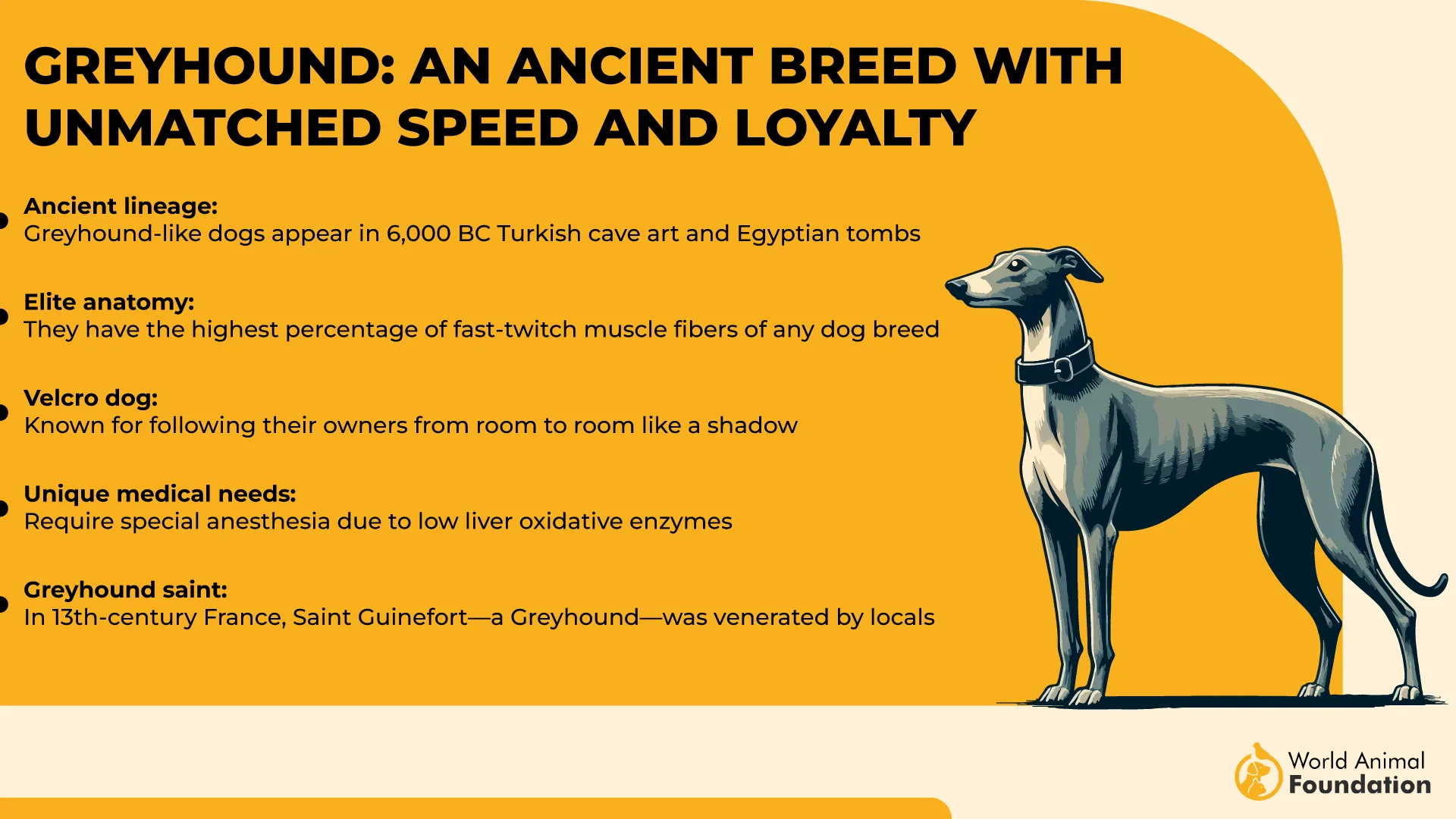
Borzoi:
Borzois were the fancy favorites of the Russian aristocracy. Bred by tsars to chase down wolves (seriously), they were often found lounging in castles after a good gallop. Think Game of Thrones meets Vogue Russia. According to the AKC, Borzoi—once called the Russian Wolfhound—were bred to be fast and resilient, capable of chasing down and holding their fierce wolf prey.
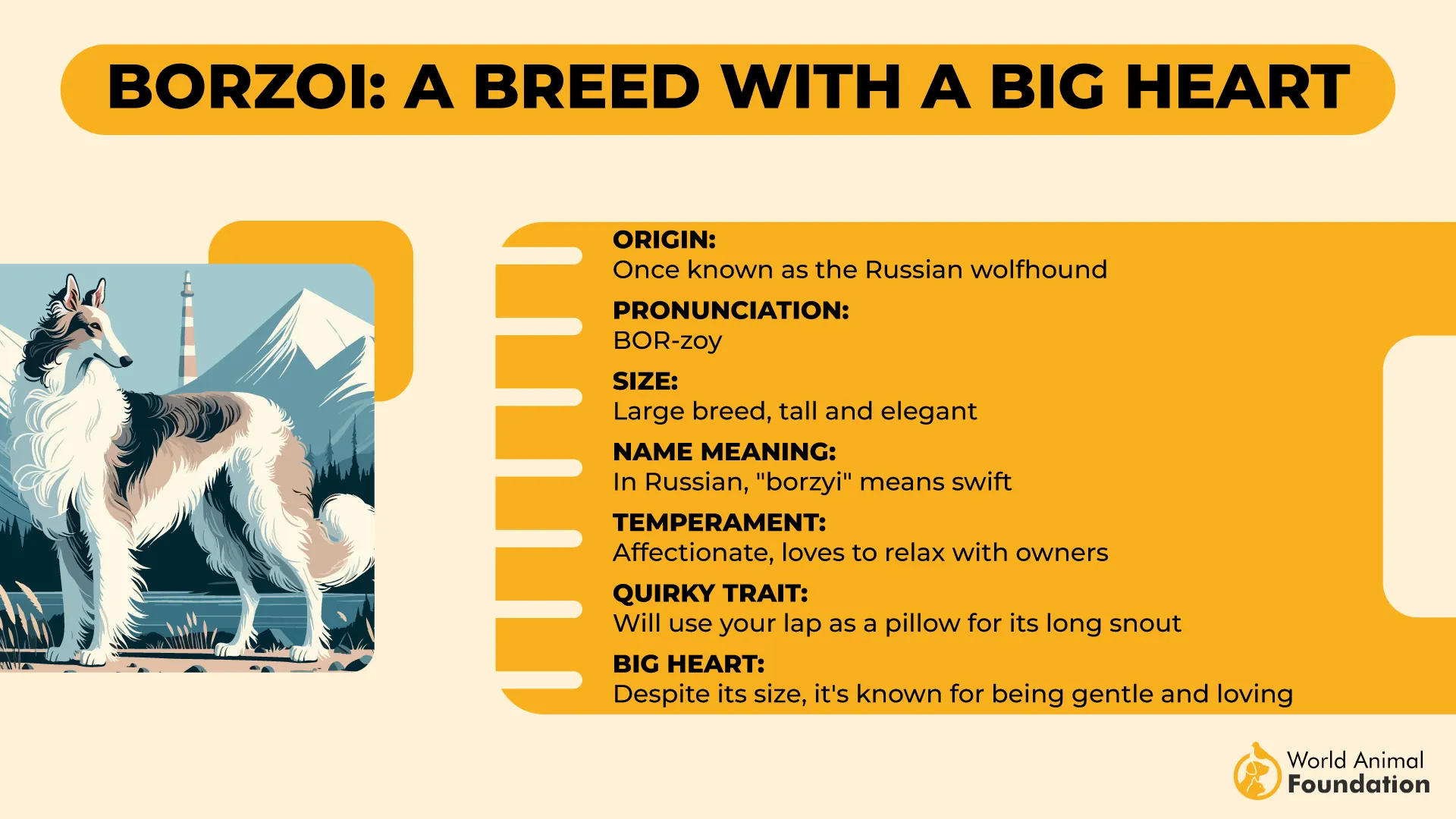
Height: 28–31 inches (males), slightly shorter for females
Weight: 60–105 lbs
Build: Tall, graceful, and lightly boned, but with more coat drama than a red carpet event. The Borzoi’s long neck, Roman nose, and feathered coat give it a distinctively elegant appearance.
Vibe: “I chased wolves, darling. Now I chase compliments.”
Greyhound vs. Borzoi: Personality Traits
These two may look like aristocratic athletes, but under that sleek (or fluffy) exterior lies two very distinct personalities:
Greyhound:

✅ Calm, quiet, and surprisingly lazy for a dog that can outrun a car (okay, almost).
✅ Known as “45-mph couch potatoes.”
✅ Affectionate with their humans, but not clingy.
✅ May startle easily—think “big dog, gentle heart.”
Borzoi:
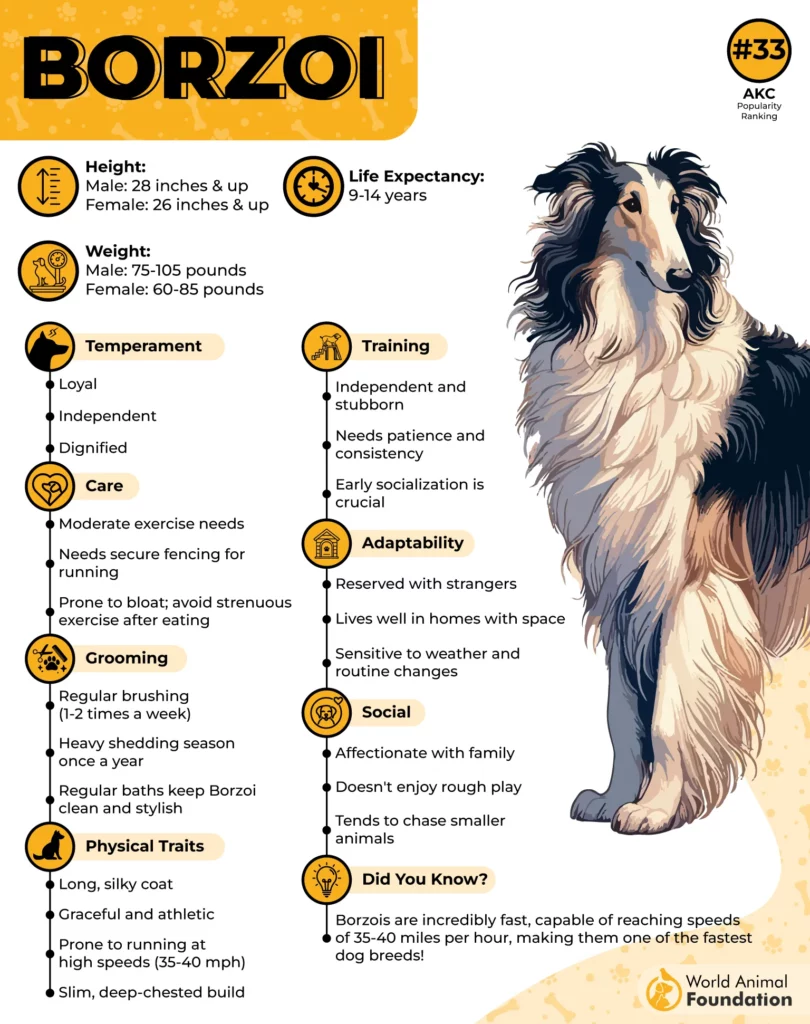
✅ Elegant, dignified, and a tad aloof—like a dog who reads Tolstoy.
✅ They bond closely with their humans but maintain an air of mystery.
✅ Not huge fans of chaos or loud households.
✅ Quieter and more reserved than most breeds; they give “introvert energy.”
Greyhound vs. Borzoi: Intelligence and Trainability
Greyhound:
Greyhounds are surprisingly sharp but have a bit of a “why rush?” attitude. They’re intelligent dogs, quick to learn, and eager to please — especially if treats or praise are involved.
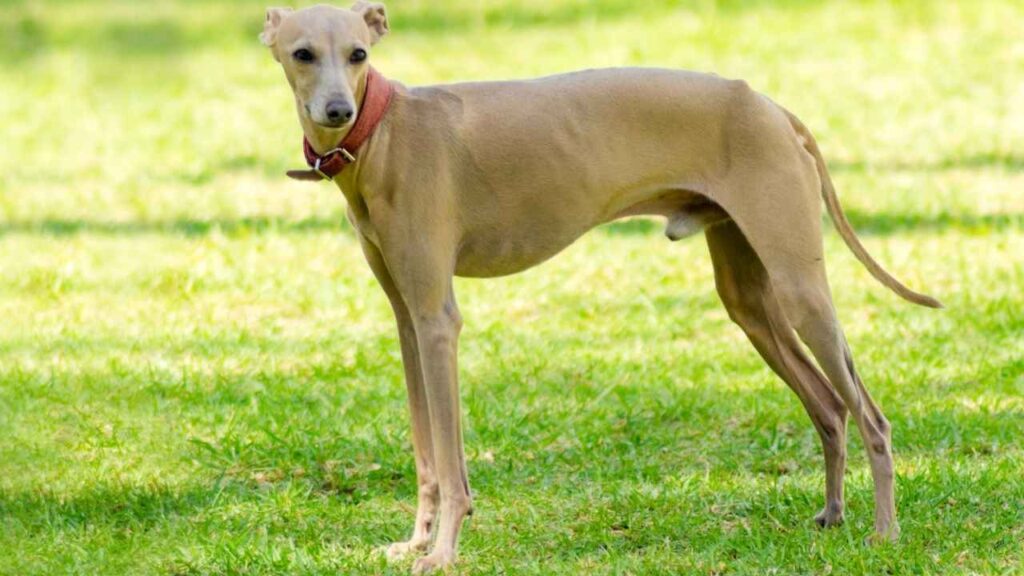
Trainability: Pretty good! They respond well to gentle, consistent training but can be sensitive to harsh tones. Patience and positive reinforcement are key. As per Britannica, unlike many breeds that need hours of regular exercise, the Greyhound breed only requires short bursts of running, usually just a few minutes at incredible speed.
Intelligence: They understand commands quickly and are great at picking up routines, though they’re not the most eager to show off their smarts—they prefer a laid-back approach.
Borzoi:
Borzoi brains are on the elegant and independent side. They’re clever and can learn well, but they’re also selective listeners with their own agenda—like a refined aristocrat who decides when to cooperate.

Trainability: Moderate. They may ignore commands they don’t find interesting or useful, so training requires patience and creativity.
Intelligence: High, but used sparingly! They tend to think independently and may test boundaries quietly.
Greyhound vs. Borzoi: Adaptability and Independence
Greyhound:
Greyhounds are surprisingly adaptable. Despite their racing history, they’re happy to lounge around like couch potatoes and fit well into family life.
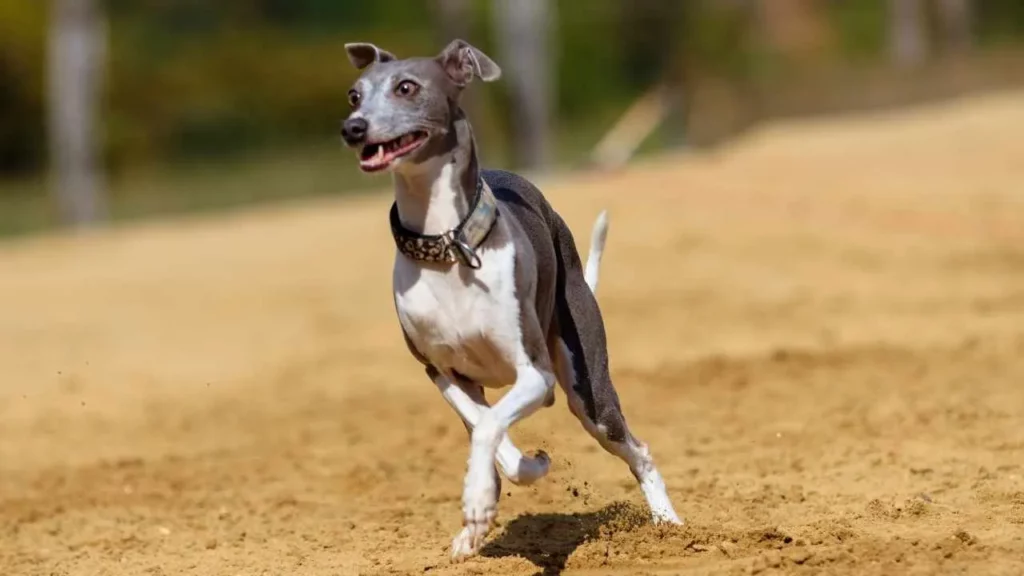
Adaptability: Excellent. They adjust well to apartment living or a house with a yard. They love routine and can be sensitive to change, but usually settle quickly.
Independence: Moderate. They enjoy human companionship but also appreciate their alone time and naps.
Borzoi:
Borzoi are a bit more aristocratic in their independence. They enjoy a calm, quiet environment and like to have space to do their own thing.
Adaptability: Good, but they prefer peaceful, low-stress homes. They might not thrive in busy, noisy households.
Independence: High. They can be aloof and reserved, happily spending time alone or observing from a distance.
Greyhound vs. Borzoi: Grooming Needs and Allergy Considerations
Let’s talk about grooming—because not every dog enjoys (or requires) a full spa day to look fabulous.
Greyhound:
Coat Type: Short, smooth, and sleek coat—like a velvet tracksuit.
Brushing Needs: Once a week is enough to keep them polished.
Bathing: Only when they roll in something they shouldn’t (which isn’t often).
Shedding: Light to moderate—your vacuum won’t stage a protest.
Allergy Considerations: A good choice for mild allergy sufferers due to minimal dander and low odor.
Fun fact: Greyhounds don’t have much body fat, so they get cold easily. That means more cute sweaters—and fewer muddy adventures.
Borzoi:
Coat Type: Long, flowing, silky—basically a walking shampoo commercial.
Brushing Needs: Several times a week to avoid mats and tangles (or daily, if you enjoy being a full-time brush operator).
Bathing: Not frequent, but drying that coat can feel like blow-drying a horse.
Shedding: Heavy during seasonal coat blows. Expect to find “Borzoi glitter” on your clothes.
Allergy Considerations: Not ideal for allergy sufferers due to thick fur and dander.
Pro tip: Keep a de-shedding tool and lint roller handy—or consider embracing fur as a fashion accessory.
Greyhound vs. Borzoi: Average Lifespan
When it comes to lifespan, both the Greyhound and Borzoi offer their owners a good stretch of years filled with elegance, companionship, and plenty of tail wags, though each has its own typical range to keep in mind.
Greyhound:
Greyhounds typically live around 10 to 14 years. These sleek speedsters are surprisingly sturdy but still have a few things to watch out for:
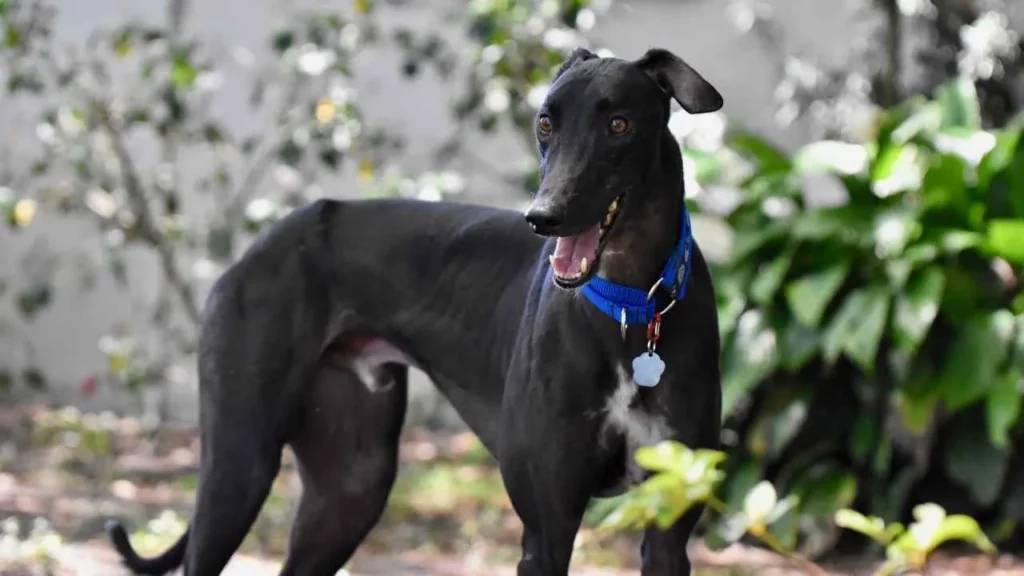
Common Health Issues:
Osteosarcoma (bone cancer — rare but serious)
Heart conditions (because even racers need strong engines)
Hypothyroidism (when the thyroid decides to nap)
Bloat (gastric torsion — emergency alert!)
Arthritis (they love to sprint, but joints need care)
Veterinarian Visits: Regular heart checks, bone health monitoring, and keeping an eye on digestion.
Borzoi:
Borzoi usually enjoy about 10 to 12 years of graceful living. These elegant aristocrats are generally a healthy breed, but have their own royal concerns:
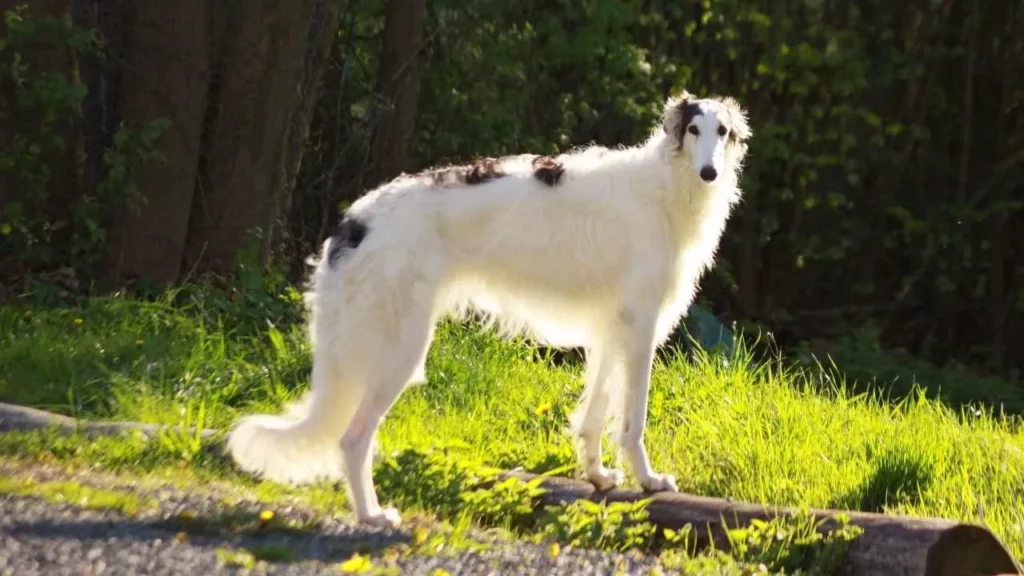
Common Health Issues:
Dilated cardiomyopathy (heart troubles fit for a noble)
Bloat (gastric torsion — always be prepared!)
Hip Dysplasia (those long legs need support)
Progressive Retinal Atrophy (slowly losing sight — not cool)
Veterinarian Visits: Heart and eye exams are a must, plus monitoring joints and digestion.
Conclusion
When choosing between the Borzoi vs Greyhound, it’s essential to understand their unique characteristics and needs. Both dog breeds are elegant, healthy breeds with a history of hunting wolves and a strong prey drive, so caution around smaller pets and small animals is advised. Early socialization with other dogs, children, and strangers is key, especially since both breeds can form strong bonds but may be aloof. Greyhounds tend to adapt better to various living situations, while Borzois, with their silky coat and slender head, need proper care to prevent matting and loose hair buildup.
Both breeds benefit from mental stimulation, training sessions, and positive reinforcement techniques—avoid harsh correction. Though not suited for intense activity over long periods, they still need exercise in a fenced area and small meals to prevent joint problems and dental problems. A balanced diet and healthy lifestyle help them thrive with other pets or a family. Whether you choose the Borzoi or Greyhound, you’re getting a graceful companion with needs that can be met with love and commitment.


